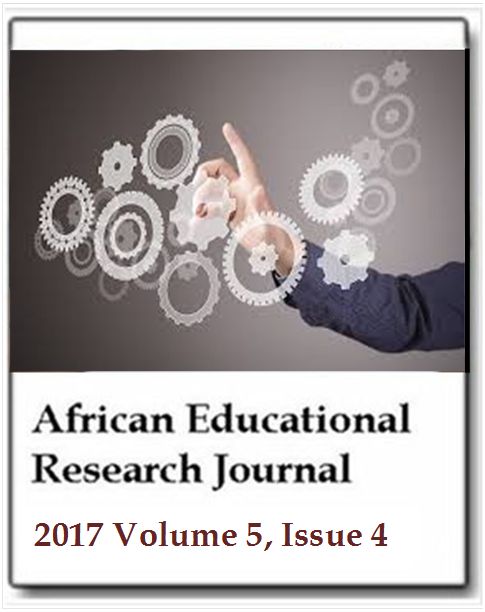Does education represent a social protection for lifetime in Sub-Saharan Africa?
Daniele Checchi and Angelica SalviAfrican Educational Research Journal
Published: December 21 2017
Volume 5, Issue 4
Pages 254-280
Abstract
This study provides evidence on the distribution of school attendance and educational attainment across African countries, focusing on the correlation with literacy rates in the population, level of resources and country institutional features. The study also estimate sample correlations between enrolment and macro-aggregates, related to resources (GDP per capita, student/teacher ratio), computing some counterfactuals. The authors then move to micro-data, selecting three African countries as representative examples of low (Mauritania), middle (Uganda) and high (Ghana) educational attainment. Using social surveys conducted in these countries, the authors estimate the returns to education in terms of better quality of employment (for those who are in the labour market) and of higher monetary returns (for the sub-sample of those earning a monetary wage). In addition, the authors collapse the data at household level, in order to study the determinants of individual educational attainment of children aged between 5 and 25, showing the correlation between parental education, availability of schools at community level, external shocks (like drought, famine, war) and the individual probability of being in school.
Keywords: Schooling, liquidity constraints, social policy.
Full Text PDFThis article is published under the terms of the Creative Commons Attribution License 4.0

